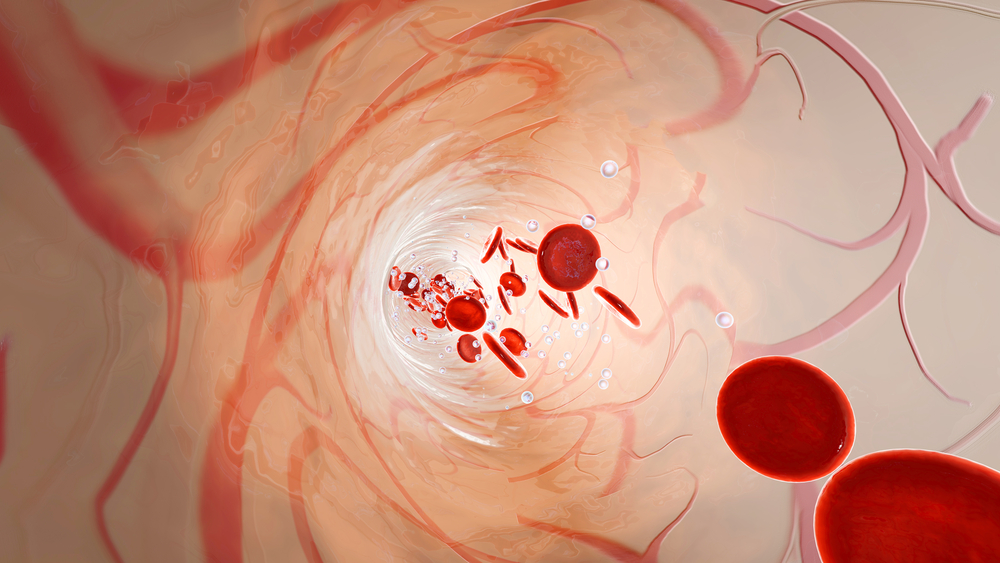Treprostinil Prevents Cellular Responses Linked to Arterial Remodeling and PAH, Study Reveals

Treprostinil is a therapy that works to reduce pulmonary artery narrowing in people with pulmonary arterial hypertension (PAH) by preventing artery wall remodeling processes. That finding comes from a research study investigating the medicine’s molecular effects using patient lung artery cells suggests.
Treprostinil appears to work by stopping artery wall remodeling by inhibiting the release of growth factors, proliferation of cells, and deposits of collagen and fibronectin in the arteries’ walls. All these effects are signaled through another molecule called cyclic AMP (cAMP), whose levels are increased by treprostinil, the study shows.
The study “Mechanism of anti-remodelling action of treprostinil in human pulmonary arterial smooth muscle cells” was published in the journal PLOS ONE.
Currently, “the best option for slowing the progression of the disease [PAH] is … the use of prostacyclin analogues” researchers wrote. Prostacyclin is a strong vasodilator, and treprostinil is a prostacyclin analogue that induces widening of arteries, and prevents platelets from forming aggregates and blocking arteries.
In the U.S., three medicines based on the compound are approved for PAH treatment: an inhaled formulation called Tyvaso; an injectable form branded Remodulin, and; extended-release tablets called Orenitram. All are marketed by United Therapeutics.
The Pulmonary Hypertension News forums are a place to connect with other patients, share tips and talk about the latest research. Sign up today!
Although effective, the mechanism of action of treprostinil at the cellular and molecular levels is still not fully understood. To address this question, researchers investigated the therapy’s effect over cell-signaling pathways, growth factors, and artery remodeling processes that have been associated with PAH.
The team collected cells from the lungs of four PAH patients, cultured them in the lab, and measured their cellular and molecular responses to treprostinil. Specifically, they tested the drug in pulmonary arterial smooth muscle cells (PASMCs) — the cells that make up the inner layer of pulmonary artery walls, responsible for vessel contraction and relaxation.
Results showed that treprostinil raised the levels of cAMP, a signaling molecule that is key for many cell functions.
Moreover, the compound made PASMCs significantly reduce their release of two growth factors that have been linked with PAH, the transforming growth factor (TGF)-β1 and the connective tissue growth factor (CTGF). The effect could be reverted by blocking cAMP production, indicating that cAMP is a mediator of the treprostinil anti-growth factor effects.
Agreeing with prior findings, treprostinil also prevented the proliferation of arterial muscle cells as well as the production and deposition of collagen type I and fibronectin (extracellular matrix proteins) outside these cells — a hallmark of PAH. Both effects were dependent on cAMP signaling.
Overall, the findings indicate that treprostinil can prevent steps in the process of pulmonary arterial wall remodeling that may contribute to and worsen PAH. Activation of cAMP signaling by treprostinil “may have beneficial preventive effects on pulmonary artery vessel wall remodeling by down-regulating proliferation and deposition of collagen I and fibronectin,” researchers wrote.
Therefore, the action of treprostinil “in vessel wall remodeling may benefit patients with PAH,” the team concluded.







